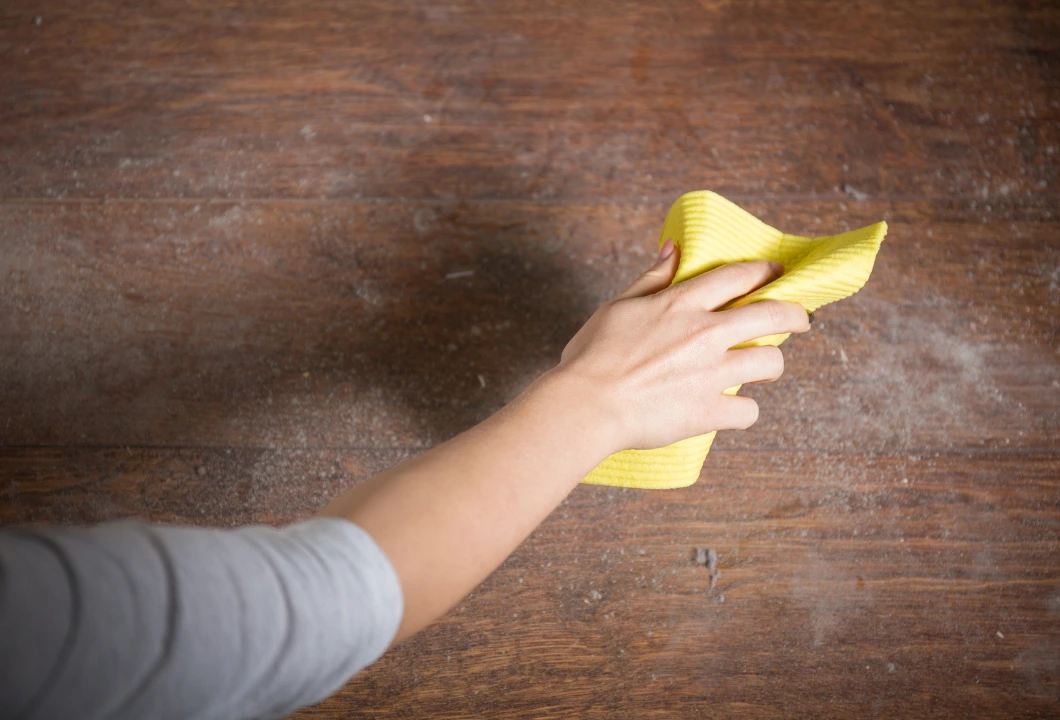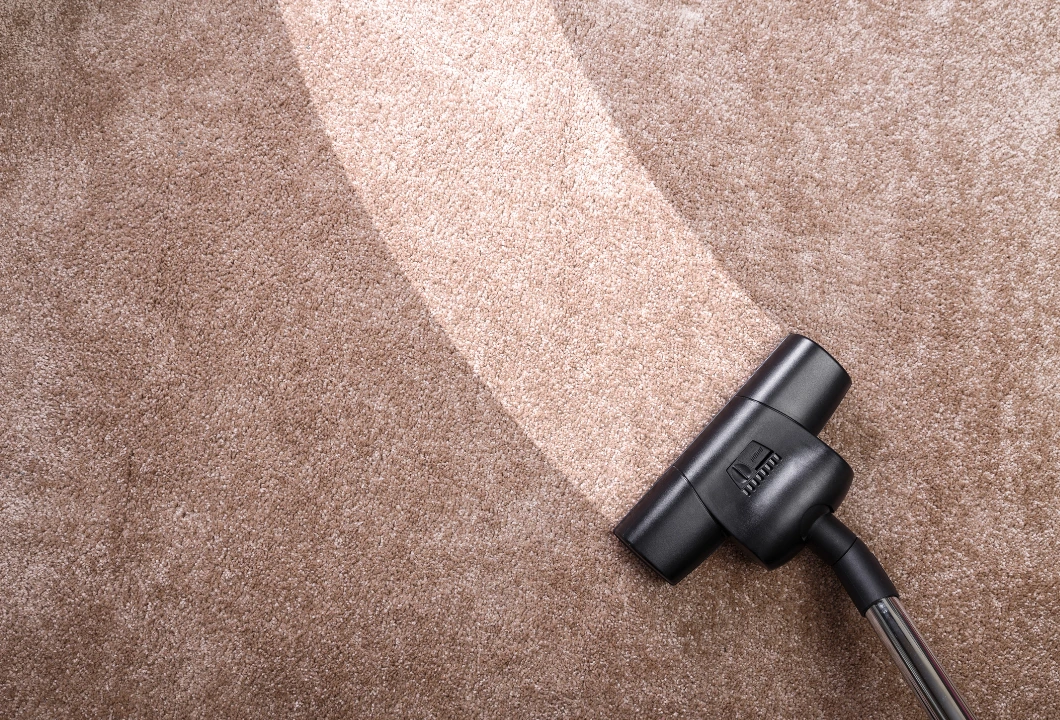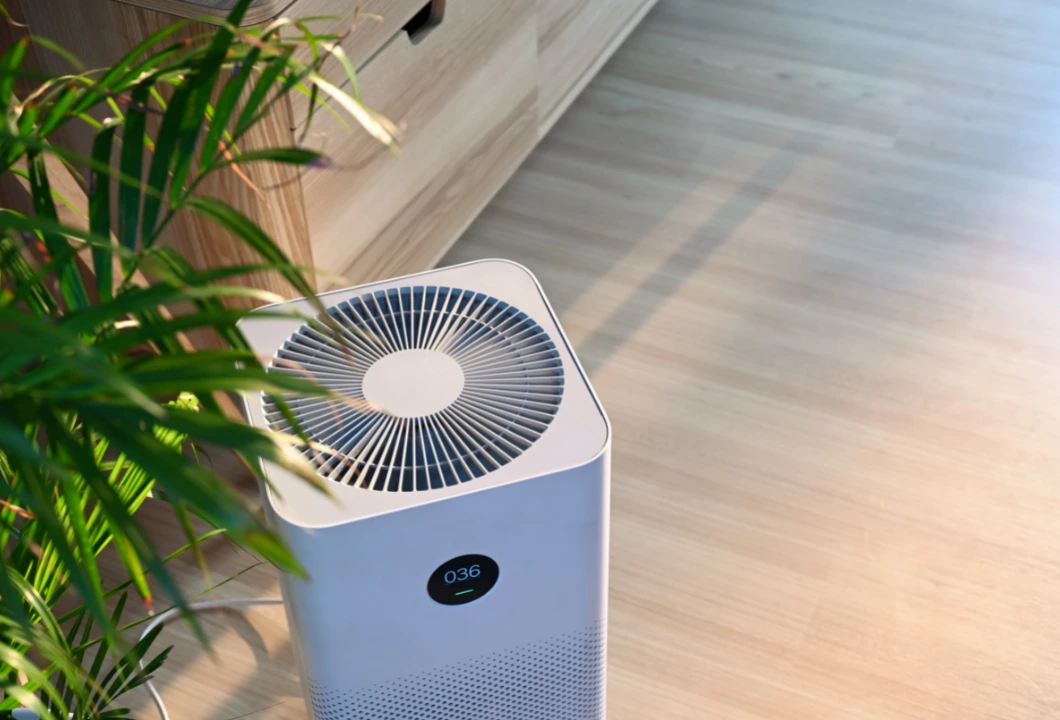It’s always easy to get caught up in the busyness of life. With work, family, and other responsibilities to juggle, who has time to clean and much more dust a house, right? However, the reality for homeowners is that all these things should be balanced. Although tedious, cleaning and dusting the house is important. A clean house is more than making your house look amazing. It makes you feel less stressed, reduces allergy and asthma symptoms, improves safety in the house, and ultimately creates a happy home.
Then again, it’s always easy to put off cleaning the house unless it’s necessary. However, when you continue to slack off and delay cleaning for another day, clutter and dust can easily take over your home. What happens if you don’t dust your house? There are a lot of different things that can happen if you neglect to dust, such as dust mites thriving in your home, inducing allergies and other illnesses.
Is cleaning your home too much for you? Click here to find Home Cleaning Pros near you.
It may seem that banishing dust in your home is a never-ending battle, but the good news is there are some things that you can do to keep it under control. We’ll share those tips later, but first, let’s take a look at where dust comes from.
Where does dust come from?
Did you know that each year, an average home collects at least 40 pounds of dust? Yes! That may sound disgusting, but that’s how much dust every homeowner has to deal with. What’s even worse, living in the dust are teeny tiny bugs that can make you sick and these are what you call dust mites.

Dust mites are microscopic pests that often thrive in humid areas. They are described as “one of the biggest predators that live in the home”. A 2017 study from George Washington University revealed that dust contains over 45 toxic chemicals that are connected to respiratory, neuro-development, and behavioral problems. Another study also showed that dust mites are the major cause of year-round allergies in the bedroom.
Dust mites are just one thing to be worried about as there are other components of dust like:
- Pollen and Dust – Almost 60% of the dust in a home comes from the outside, and a majority of this is pollen and soil. As many would know, pollen is an allergen that could trigger or worsen allergy symptoms. Pollen and soil can enter the house through the soles of your shoes, your clothes, or your hair. And they would easily spread and settle on surfaces as you move around the house.
- Dead Skin – Dust can contain dead skin as dead skin is a favorite “treat” for dust mites.
- Pet Dander – This is another allergen that is commonly found in dust. Pet dander is minuscule flecks of skin that are shed by animals with fur or feathers. Even if you don’t have a pet at home, people that come to your house could have pet dander on their clothes.
- Crumbs – It’s inevitable to leave a few crumbs after every meal. If you don’t sweep and clean these debris immediately, these tiny food particles can easily be a component of dust.
- Insects – Yes, dead insect body parts (especially of cockroaches) and insect droppings are found in dust.
Where are the common places at home that collect dust?
Most surfaces in the home collect dust, and it’s not a big problem to remove dust in common areas as these places are regularly cleaned. However, it’s the areas that are not visible to the eye that attracts more dust. Next time you schedule cleaning your house, make sure to pay attention to these areas:
Air Vents – It’s not a surprise, but air vents are a common breeding ground for dust. Without cleaning your vents (and filters) your air conditioners and vents will blow dust mites back into your home.

Window Treatments – Shades, blinds, and curtains are prime spots where dust gathers.
High Surfaces – Areas like ceiling fans, light fixtures, as well as the top of windows, cabinets, and doors could be neglected and accumulate an alarming amount of dust.
Beddings – Your bed, pillows, blankets/duvets, and other upholstered furniture are a favorite spot of dust mites. It’s also where pet dander and dead skin cells gather.

Electronics – Computers, gaming consoles, TVs, and other electronics are dust magnets. If left uncleaned, these devices can become jammed or malfunction due to dust.
Carpets and Baseboards – Outdoor contaminants (pollen, soil, dirt) are easily collected and spread in the home through the floor, carpets, and baseboards.
How can you keep your house dust-free?
It is true that you cannot remove dirt from your house 100%, but the more you try to eliminate it, the better your home and your health will be. As promised, here are some pro tips to help reduce the dust in your home.
Follow a routine
The best way to control dust in your home is to deal with it often. Create a regular cleaning routine and try as much as you can to stick with the schedule. While it’s OK to skip a day or two, make sure to continue with the routine before dust bunnies get a hold of your home.
Go from top to bottom
Are you sure you’re cleaning your home in the right order? Imagine vacuuming your floors and then clearing the dust off your ceiling fan. Surely, you’ll be left with some dust on the ground, which you have to clean again. So that your time and effort are not wasted, the correct way in dusting and cleaning your house is to go from top to bottom. Dust off and wipe the top areas first and save vacuuming and mopping for last.
Skip the feather duster
Ironically, the feather duster doesn’t get rid of dust. While it removes the dust from the surface, it only releases the dust back into the air to settle somewhere else. The best and most effective way to deal with dust is to use a damp cloth to wipe the surface. The wet cloth will trap the dust, allowing you to completely clean the areas.

Frequently change sheets
How often do you change your sheets? As we mentioned above, beds and pillows are prime spots for dust mites. It’s recommended that you change and wash your bed sheets every week if you want to reduce the pollutants in your home.
If you have pets or suffer from allergies and asthma, it’s a good idea to change your sheets more often to at least every three to four days.
Deep clean carpets
Yes, vacuuming regularly will help fight off the dust, especially if you do it at least three times a week. However, if you have carpeted floors, you want to make sure that you have them cleaned by professional carpet cleaners to efficiently remove dust, allergens, and harmful bacteria that are thriving in your carpets.
Expert carpet cleaners have the latest equipment and tools and are skilled with techniques to effectively clean your rugs. Not only will your carpets be fresh and clean again, but having a professional clean them periodically can also increase their lifespan, which is a good value for money.
Need an expert Oriental Rug Cleaner? Click here.

Get rid of clutter
Another effective way to avoid a dusty house is to reduce the number of surfaces and areas that can accumulate dust. For example, if you just finished spring cleaning and are left with a pile of clutter in the basement or garage, make sure that you deal with this immediately. Read our article for tips on removing junk from your home.
Use an air purifier
Air purifiers are great investments to help clean the air in the home by trapping dust, pollen, and other pollutants. Do note that while air purifiers can help clean the circulating air, they aren’t effective in removing the dust that has settled on the floors, carpets, drapes, and other surfaces, so cleaning is still a must.

Clean filters and vents
Want to improve the air quality in your home and also get rid of dust? Make sure you don’t skip cleaning your HVAC or air conditioning system’s filters and vents. It’s ideal to clean your air filters once a month and replace them twice a year. You can check the manufacturer’s instructions to find out the best way to clean the filters.
With your vents, an easy way to clean them is by removing the vent covers and soaking them in hot, soapy water mixed with a household cleaner. Let it sit for a few minutes before cleaning them using a microfiber cloth and finally rinsing them with cold water.
Getting a regular HVAC/AC maintenance service also helps with your bout with dust. A clean cooling and heating system helps improve your indoor air quality, plus it also enhances the efficiency of your system.
Keep your home dust-free!
By following these quick tips, you should be able to prevent dust from accumulating so you and your family can be healthier and happier in your home. If you still have trouble juggling between your daily routine and keeping your home tidy and dust-free, you can always contact expert cleaning services for help.





